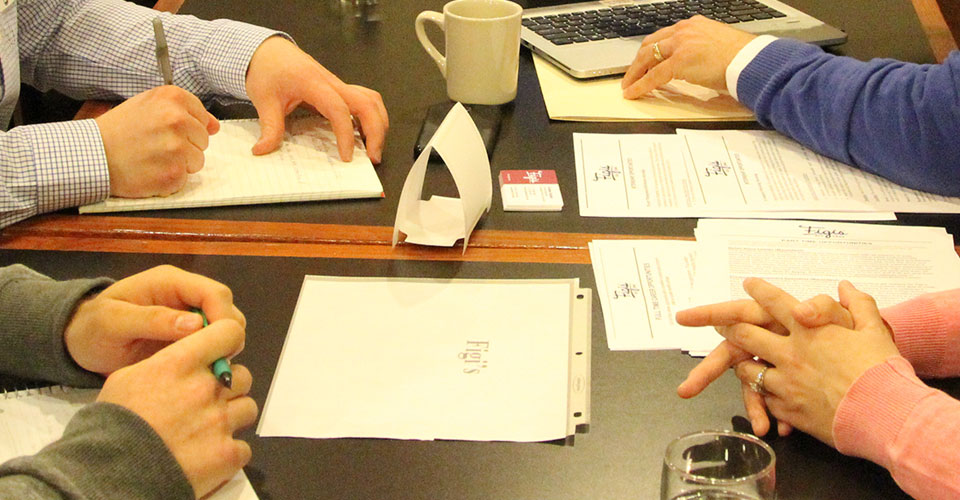
One of the best things that I get to see throughout the four-year college process is students informing me about the dream internship they got or a job offer that they received that completely exceeded their expectations.
The job process itself has all the parts of a great movie. There are points that make you nervous, points that make you want to give up and maybe even shed a tear or two, but at the end of the process ultimately comes a job offer. With the offer comes a lot of excitement, of course.
Can you imagine a job seeker’s journey as movie trailer? I can think of a handful of creative ideas for a 5-star film!
I personally have had a unique journey over the past year. I have been on the question-asking side of job interviews and I have also been on the presenting side as a candidate for a job as well. It is very interesting to see both sides of the picture. On one hand, you have an idea of what you want the interviewee to bring forward, and on the opposite side, you are praying that you say the right things to be the most relevant candidate for the position.
The biggest eye opener that I have had in this process is that it is hard for both sides! There is a ton of time that goes into hiring. Companies spend a lot of money simply making sure that they are selecting their most qualified candidate(s), and obviously the candidate needs to apply, research the company and show up ready for the interview with all their ducks in a row as well.
I am going to shed some light on a few things that I have learned from being on both sides:
Step 1. As carefully as possible, read the job description. Incorporate keywords from the job description into your résumé and cover letter. Make it seem like you actually care. When a job applicant spells a company’s name wrong or has misspelled words, we do not take you seriously!
Step 2. Make sure to put in at least one hour of research into the company’s website. Take notes and take those notes to the interview! Look at the mission and vision of the company. Find a way to sell yourself as a person who intersects well with the position.
Step 3. Remember the person who is interviewing you is spending time and money on you. Make sure to be respectful of that time, but also realize that this is your chance to make an impression. Be confident!
Step 4. The table is two-sided. Although the interviewer has the ability to offer you money in exchange for work, this doesn’t mean they necessarily have the upper hand. You also have to determine if this job is a good fit for you and you can work for the company. Hopefully you know this is something you want by doing your research.
Step 5. Be you. Show your true colors. Acknowledge your feelings no matter what they are. Most times nervousness and excitement go hand in hand. You are in an environment where questions are being asked back and forth. To kill the nerves, remember at the end of the day you are just having a conversation with another person. Remember this situation is to determine the best person for the job, but it is also to determine the best job for the person (aka – you). Be yourself from the start. Let any guard down. If a question gets asked about a time where you were challenged, or you were faced with adversity, or why you feel like you would be a good fit with the job, don’t be afraid to answer with emotion.
Step 6. If presented with the opportunity, ask questions. Look for clarification about things you found in the job description you don’t completely understand or things you found on the website you want more information about.
Step 7. Say Thank You and Follow Up. No matter what, you will learn something. Remember to say thank you for taking time out of their day to meet with you. Send a card to the person or people who interviewed you. After the interview comes the waiting game. Be patient, but don’t be afraid to follow up. There is nothing wrong with checking in. As a professional this allows you to gauge the situation better.
They say it’s not polite to brag, but the job interview is your opportunity to show off who you are and what you’ve done. Companies are looking for people with experience, so tell us how everything you have done in the past is relevant for what you are looking to do. Make sure that you do it with poise and be confident. Remember to be professional and polite.
Work hard. Trust that the process works, and if you don’t get the first job, keep applying!
– Max T –
Max Trzebiatowski ’13 is the advising director in the UW-Stevens Point School of Business and Economics. He can be contacted at 715-346-2695, mtrzebia@uwsp.edu or in CPS 100.

